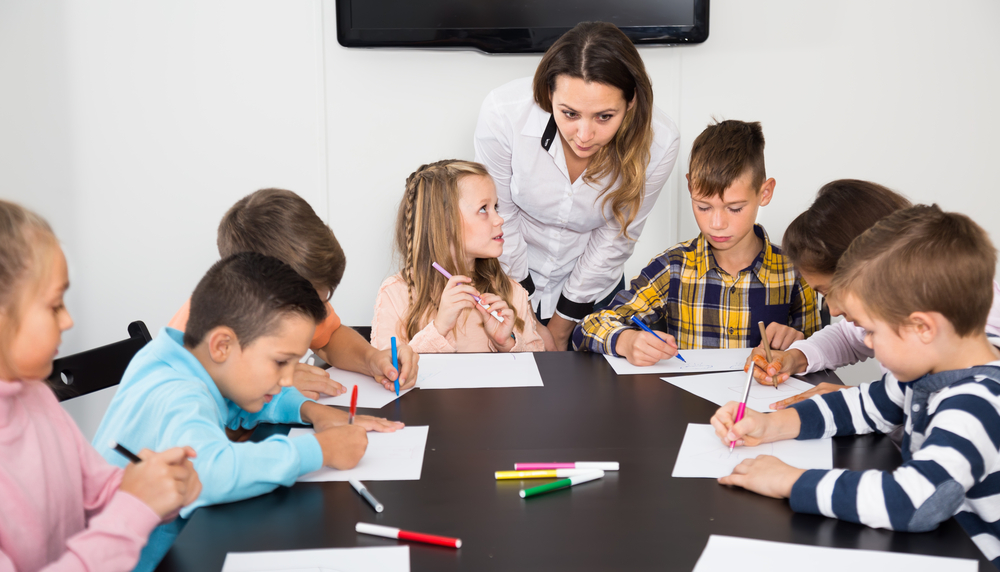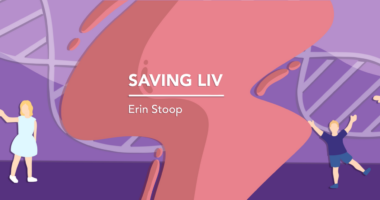Building an Individualized Education Plan (IEP) for Children with Sanfilippo Syndrome

Sanfilippo syndrome is a rare genetic disorder that causes brain damage and physical and developmental regression in children. These symptoms make school and daycare challenging for children with the disease. However, social interaction is important for every child’s development.
One of the tools that parents and caregivers can use to help their child with special needs in school is an individualized education plan (IEP).
What is an IEP?
An IEP is a detailed education plan created in collaboration with the school administration, the child’s teachers, and the parents or caregivers of a child with special needs, based on the recommendations of the child’s healthcare team. The IEP lays out special accommodations that the child requires, and the support and services that the school or daycare center will provide.
An IEP is a little different for children with Sanfilippo syndrome because they will regress and lose skills as the disease progresses. It’s important to make sure that the educators working with your child have reasonable expectations and understand the progression of the disease.
How do I build an IEP for my child?
Start by discussing your child’s needs with his or her physician and care team. Will your child need medical care while at school? If so, can the school nurse administer medication? Can your child walk between classes? Can he or she sit comfortably during the class period? Does he or she need an exemption from physical education classes? Will he or she need to be excused from some class periods for physical therapy or other medical appointments?
Next, talk to school administrators about the services they can provide. Outline your child’s schedule and include benchmarks for their schooling. How will your child be tested in comparison with his or her peers? What goals do you have for your child’s time in daycare or school?
Some children with Sanfilippo syndrome are nonverbal. If your child needs an augmentative communication device — such as an iPad or specialized device to communicate — make sure it is explicitly stated in the IEP that your child must have their device in classes so that they can interact with their peers and teachers.
Make changes when necessary
An IEP will need to change as your child grows. Sanfilippo syndrome patients regress in their abilities as the disease progresses. It’s important not to give up on your child or their education, but have realistic goals and amend benchmarks as your child’s abilities change over time.
After a few months or a year, some accommodations may not be necessary while new ones may need to be added. Discuss changes with the school and your child’s physician as needed.
Last updated: March 12, 2020
***
Sanfilippo Syndrome News is strictly a news and information website about the disease. It does not provide medical advice, diagnosis, or treatment. This content is not intended to be a substitute for professional medical advice, diagnosis, or treatment. Always seek the advice of your physician or other qualified health provider with any questions you may have regarding a medical condition. Never disregard professional medical advice or delay in seeking it because of something you have read on this website.






